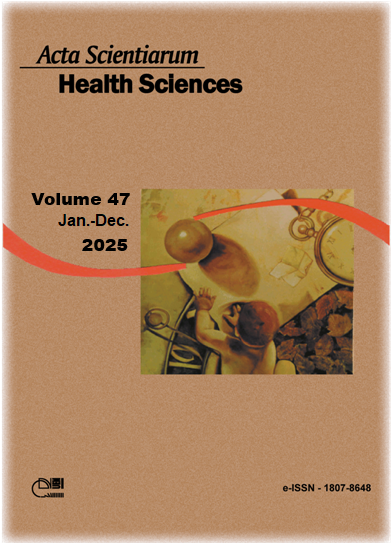Presence and concentration of fluoride in dentifrices in the Brazilian market
Abstract
The use of fluoride dentifrices has contributed to a worldwide reduction in the incidence of dental caries. This study evaluated the dentifrices available on the Brazilian market regarding their fluoride content, concentration and registration status with the Brazilian National Health Surveillance Agency (Anvisa). Dentifrices were obtained from the Internet, pharmacies, and supermarkets. Anvisa registrations were verified through a search of the agency´s official website. All adult and children's dentifrices available in the Brazilian market were included in the search. Relevant information, such as product name, brand, presence, and fluoride concentration, was gathered from manufacturers' websites, sales websites, and product packaging (including leaflets). This data was systematically recorded for analysis. The data obtained were analyzed statistically using the chi-square test. Two hundred sixty dentifrices were identified in the Brazilian market during the research period from 2020 to 2023. Of these, 71.9% contained fluoride, 25.8% did not, and 2.3% did not provide any information regarding the presence or absence of fluoride. Among the fluoride dentifrices, 69.5% had at least 1000 ppm, the concentration recommended by the World Health Organization for an anti-caries effect. Additionally, 6.4% had lower fluoride concentrations, and 24.1% provided no information about fluoride concentration. Overall, 74.2% of the dentifrices were registered with Anvisa, while 25.8% did not present any registration. According to the fluoride concentrations provided by the manufacturers, only half of the dentifrices available on the Brazilian market contain at least 1000 ppm, the recommended concentration for effective caries prevention. The percentage of dentifrices that did not disclose fluoride concentration was significantly higher among those not registered with Anvisa. The large number of dentifrices that do not meet the recommended minimum fluoride concentrations undermines preventive measures for oral health promotion. It may increase the population's vulnerability to developing dental caries.
Downloads
Copyright (c) 2025 Acta Scientiarum. Health Sciences

This work is licensed under a Creative Commons Attribution 4.0 International License.
DECLARATION OF ORIGINALITY AND COPYRIGHTS
I Declare that current article is original and has not been submitted for publication, in part or in whole, to any other national or international journal.
The copyrights belong exclusively to the authors. Published content is licensed under Creative Commons Attribution 4.0 (CC BY 4.0) guidelines, which allows sharing (copy and distribution of the material in any medium or format) and adaptation (remix, transform, and build upon the material) for any purpose, even commercially, under the terms of attribution.
Read this link for further information on how to use CC BY 4.0 properly.























5.png)







